Let's Explore
Spain!
Alhambra Gardens
The Alhambra Gardens highlights Spain's Islamic period. During the Nasrid dynasty, the royal palace constructed some of the most beautiful gardens in the world. It includes several buildings, towers, walls, gardens, a mosque, and serene courtyards.
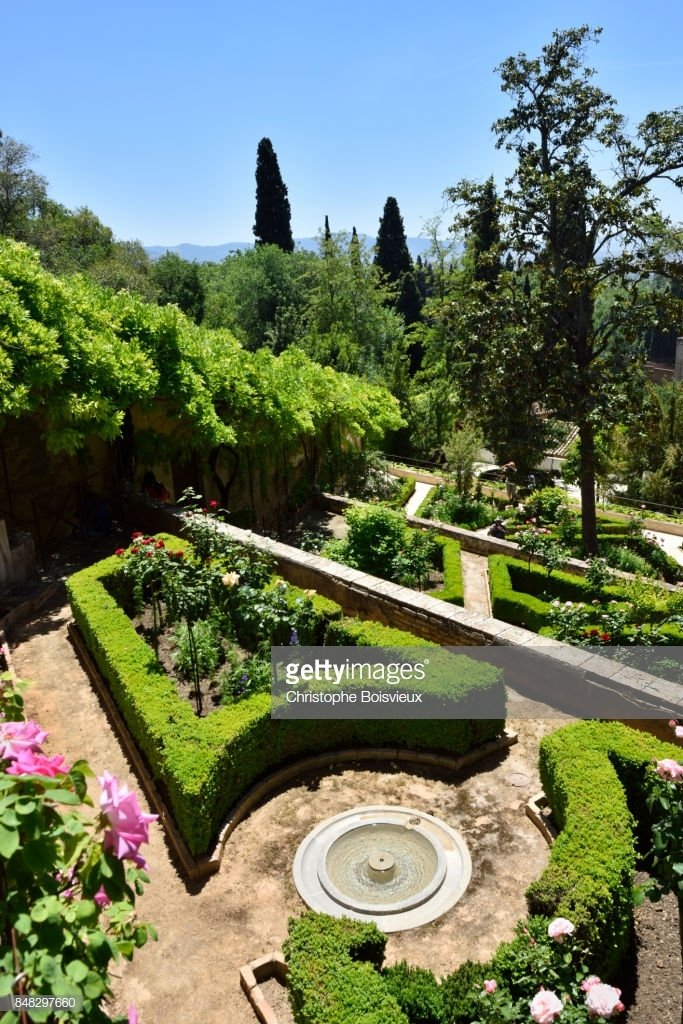
Sagrada Família
This magnificent building is an unfinished Roman Catholic Church, designed by Catalan architect Antoni Gaudi. It is a UNESCO World Heritage site and is one of Europe's most unconventional churches.
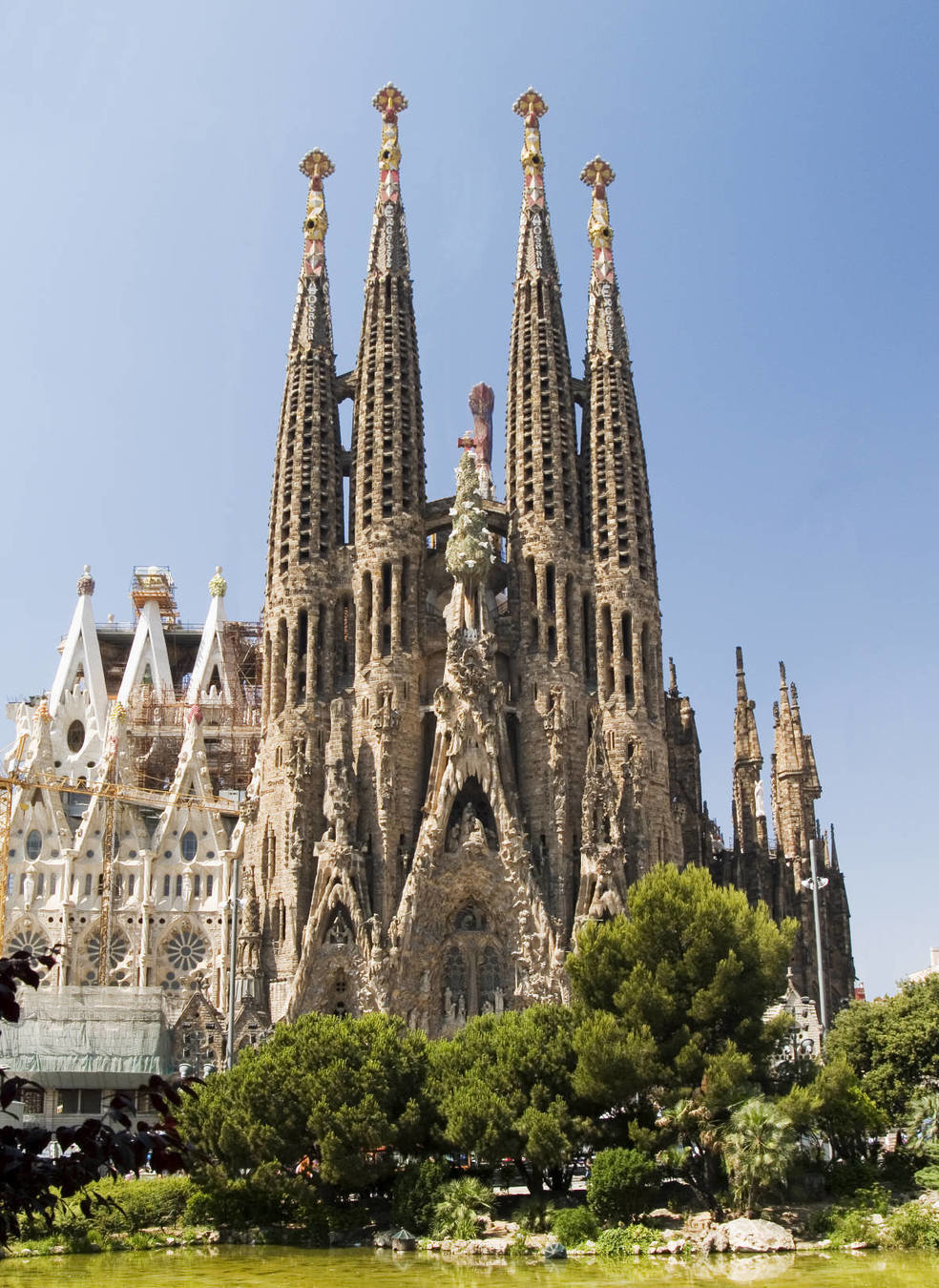
Corboda Great Mosque
The Great Mosque of Corboda is one of the largest of its kind in the world and the infest achievement of Moorish architecture in Spain. It took 220 years to build and was once the principle mosque of Western Islam.
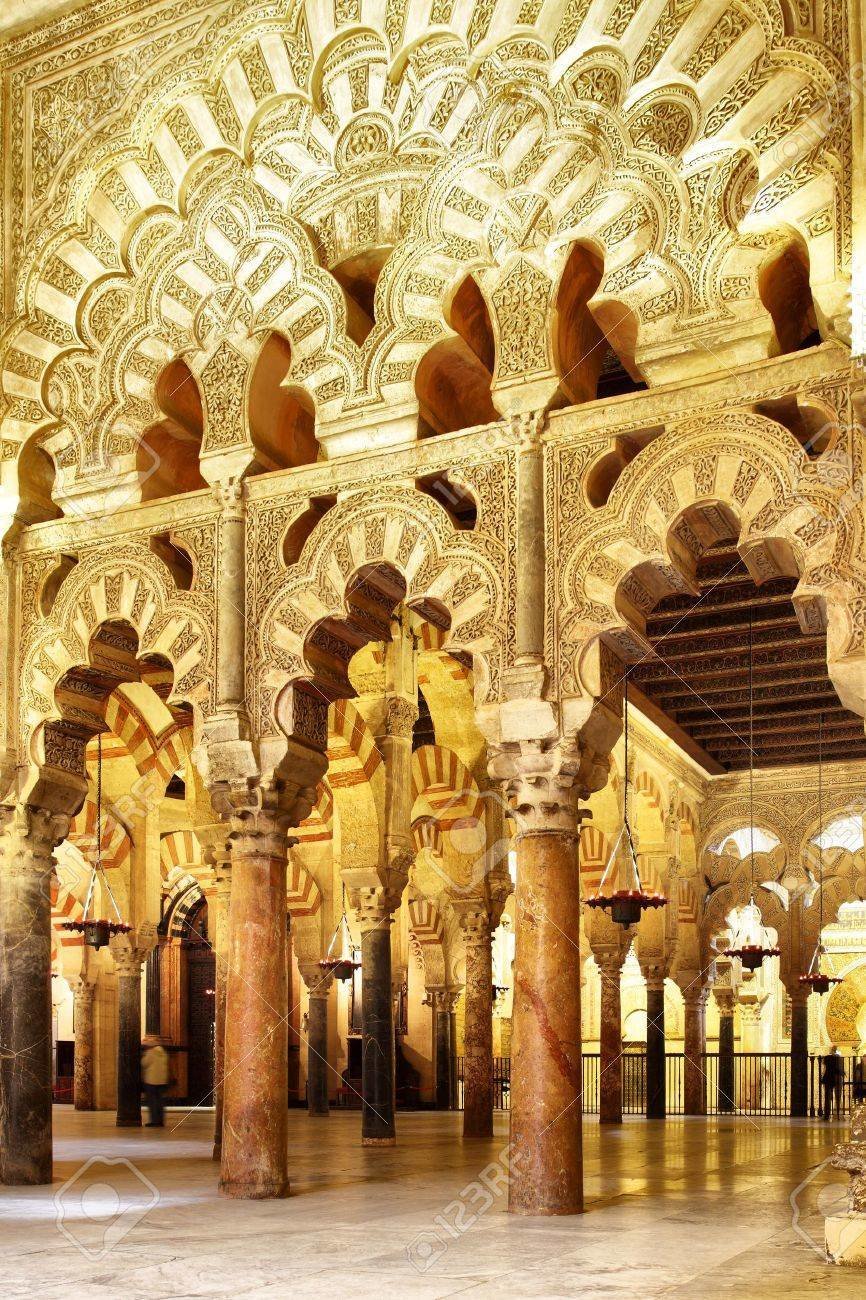
Prado and Paseo del Artes
The Prado is one of the world's top art museums and contains some of the richest collections. It contains the largest collection of Spanish art and also highlights medieval murals and retablos as well as paintings by Flemish and Dutch artists.
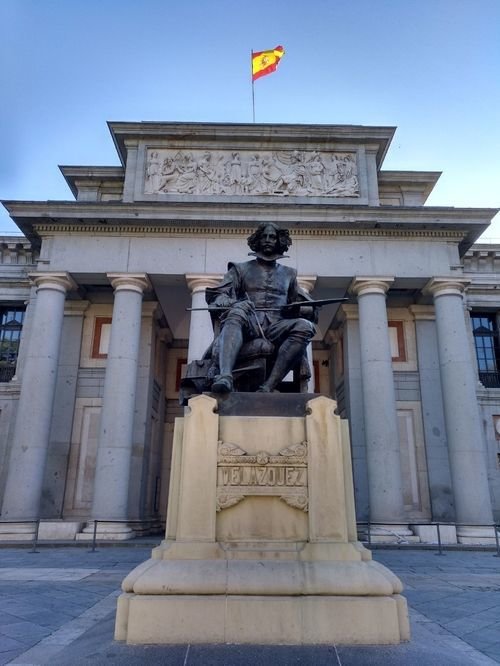
San Lorenzo de El Escorial
The Monastery at San Lorenzo was the summer home of Spain's historical kings. It is built with a monastery, church, royal palace, mausoleum, library, and museum. It is a staggering collection of attractions, built with 16 courtyards and rooms spanning across 16 kilometres of corridors.
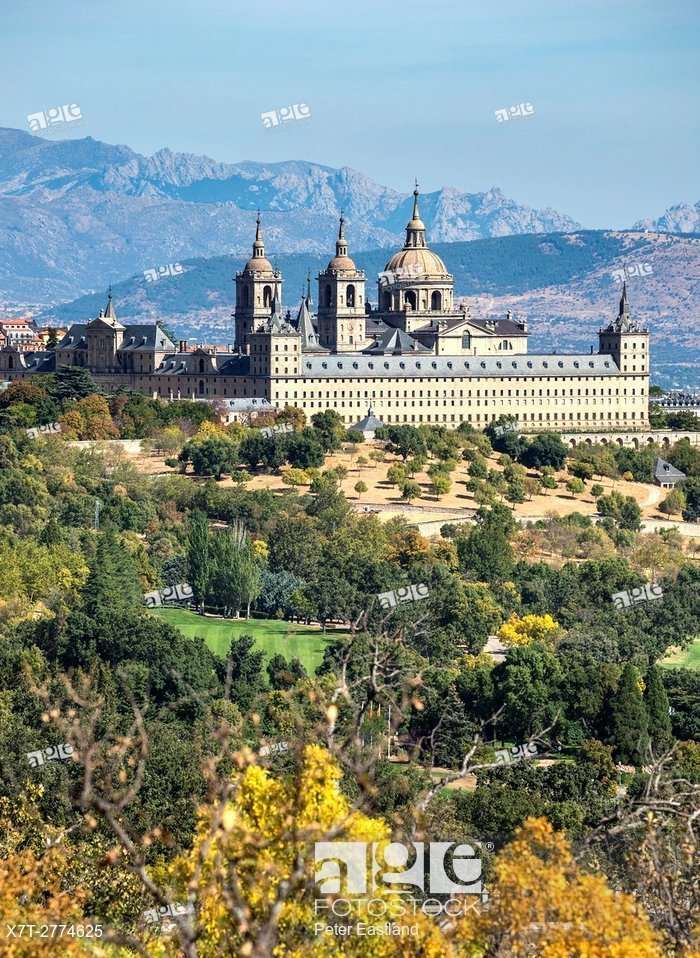
Guggenheim Museum
No photograph has done justice to this beautiful building. You really do have to see it. Designed by Frank Gehry, it represents an extraordinary example of the most groundbreaking 20th century architecture. Traveling exhibitions and rotating displays of its own collections of modern art line the inside of the museum.
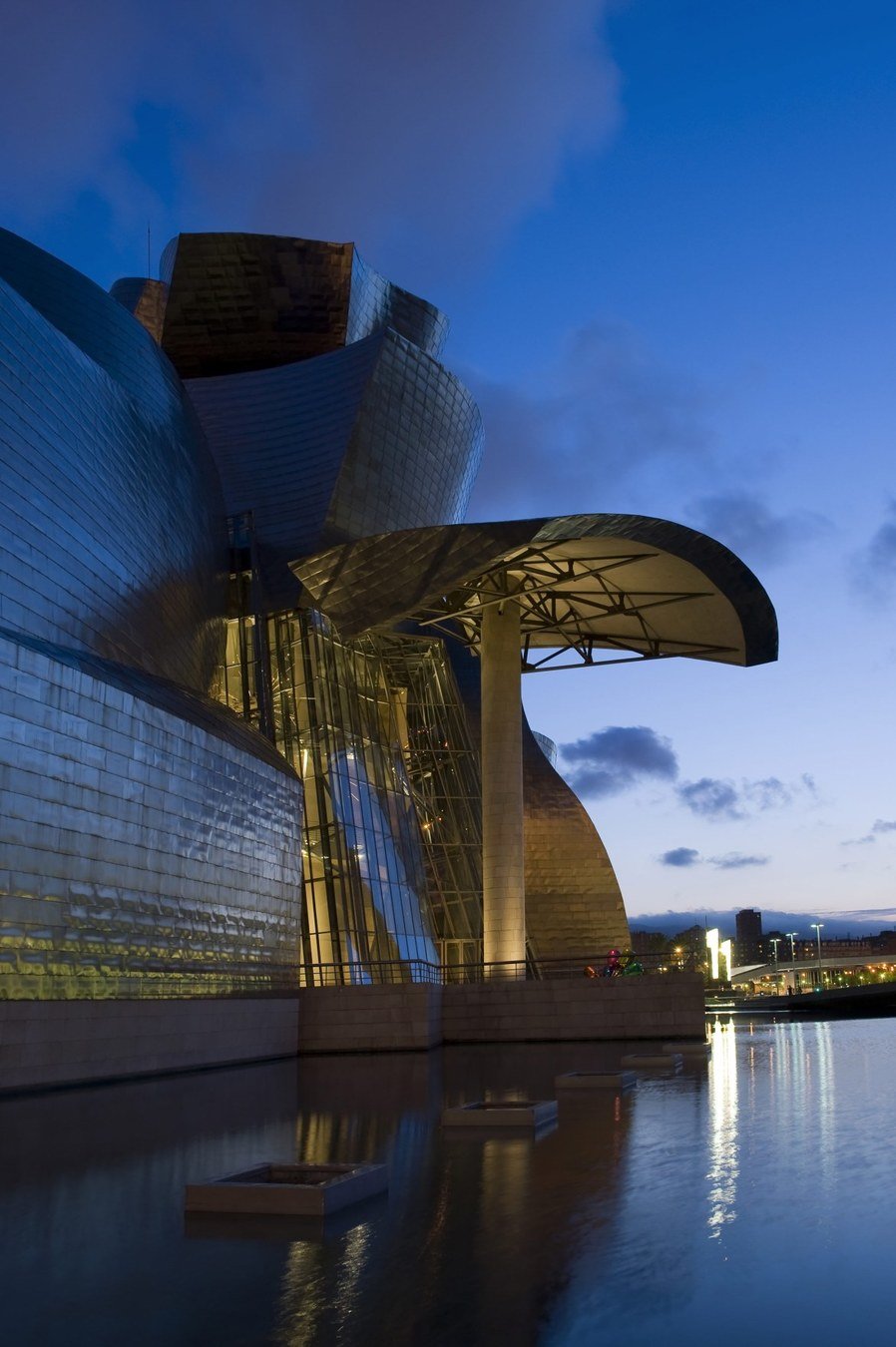
Seville Cathedral
Also an UNESCO World Heritage Site, Seville Cathedral is a masterpiece of Almohad architecture. The cathedral has a 37 meter main altar of carved statues completely covered in gold as well as the monumental tomb of Christopher Columbus.

Santiago de Compostela
This magnificent cathedral at Santiago was build to house and honor the relics of the saint. Built between 1060 and 1211, it is surely an outstanding feat for Early Romanesque architecture.
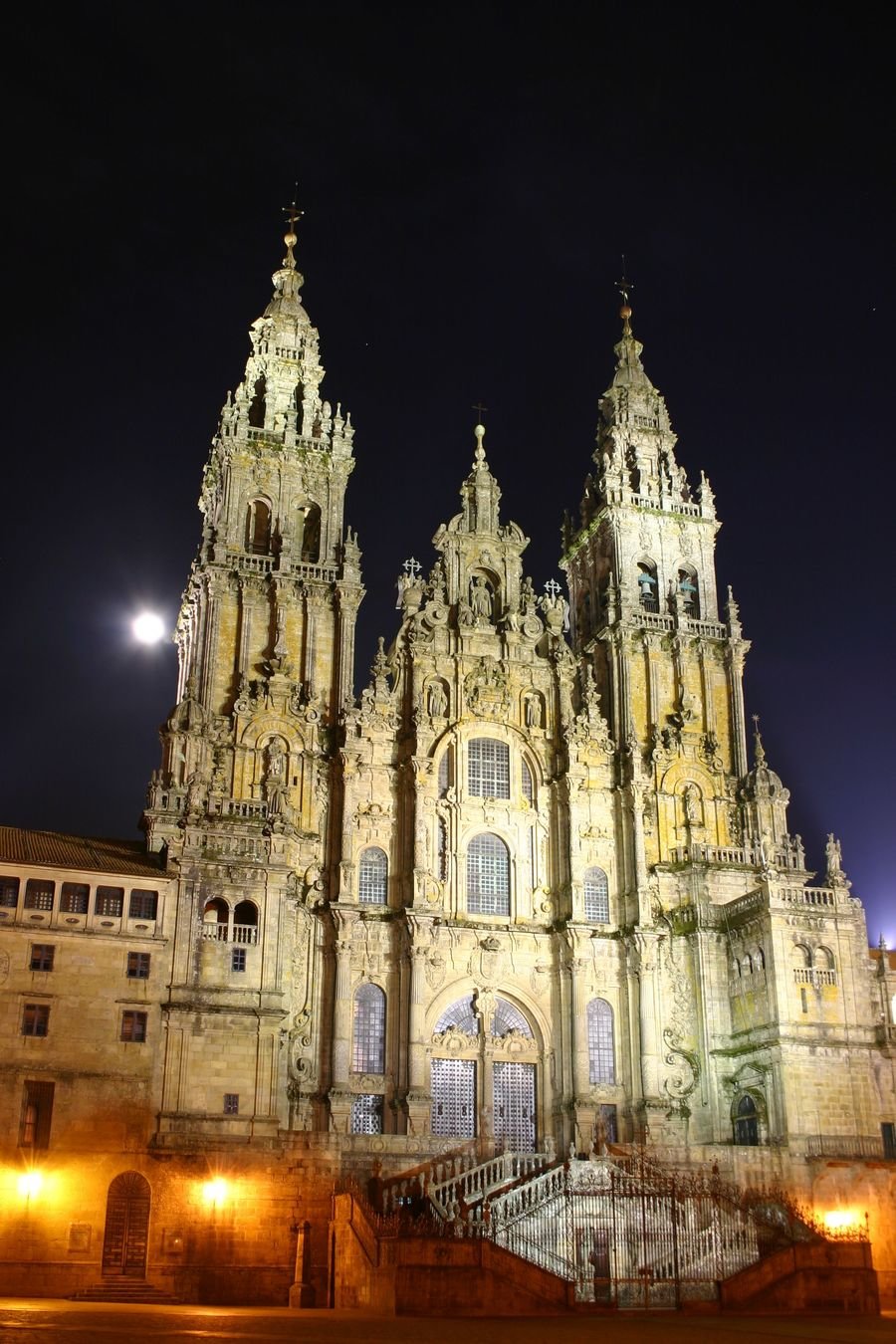
Santiago de Compostela
Located in Spain's vibrant capital city, Plaza Mayor is an important part in Madrid life. It has served as a stage for ceremonial events such as the proclamation of a king and the canonization of saints. It has transformed into a popular meeting place with pedestrian-only stone pavements and shaded restaurants and cafes.
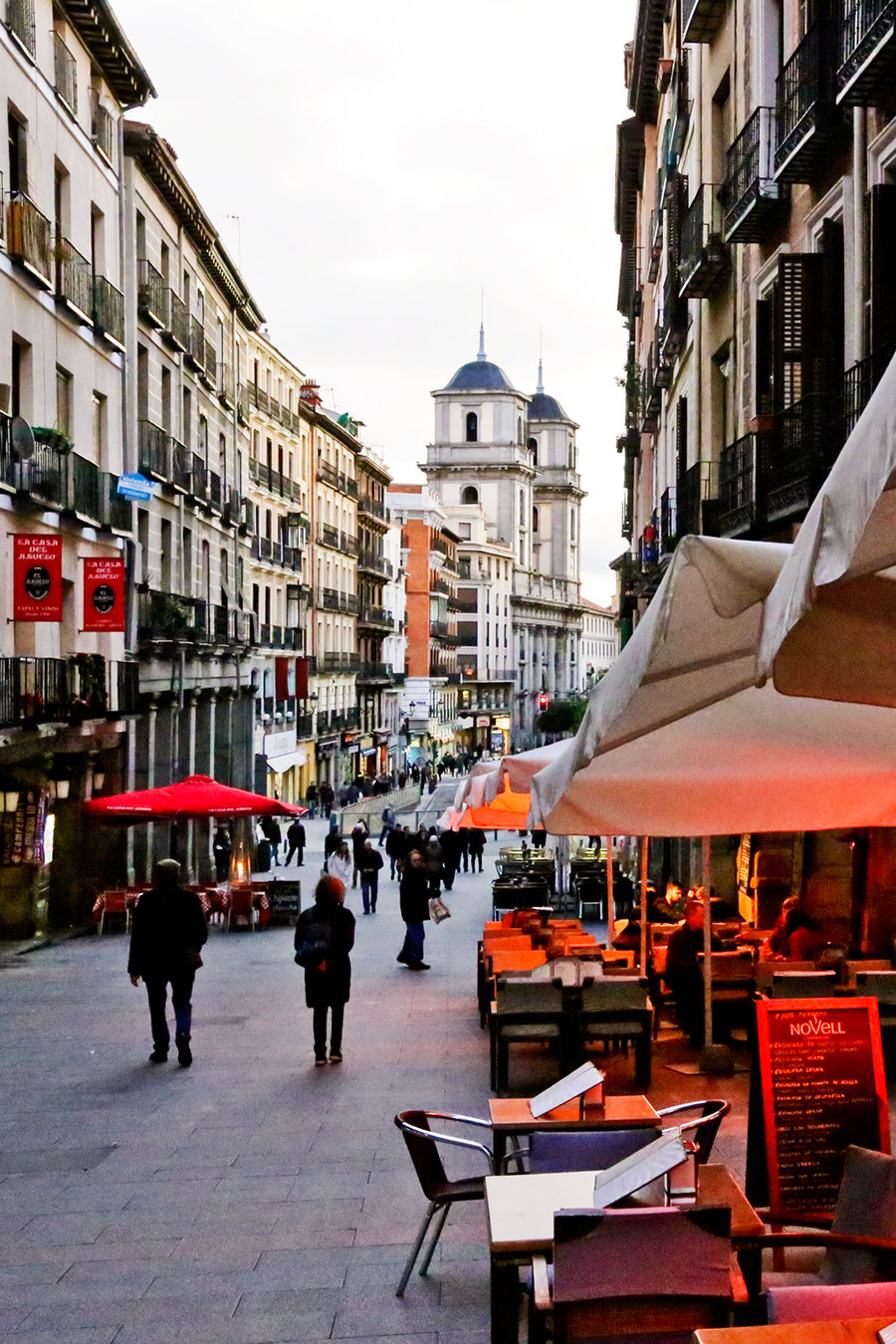
L'Oceanografic
L'Oceanografic is an oceanarium located in Valencia, Spain. Known for its iconic design, L'Oceanografic is the largest complex of its type in Europe, holding more than 45,000 animals of 500 different species. There are 9 towers and each tower is structured in two levels and represent the major ecosystems of the plant.
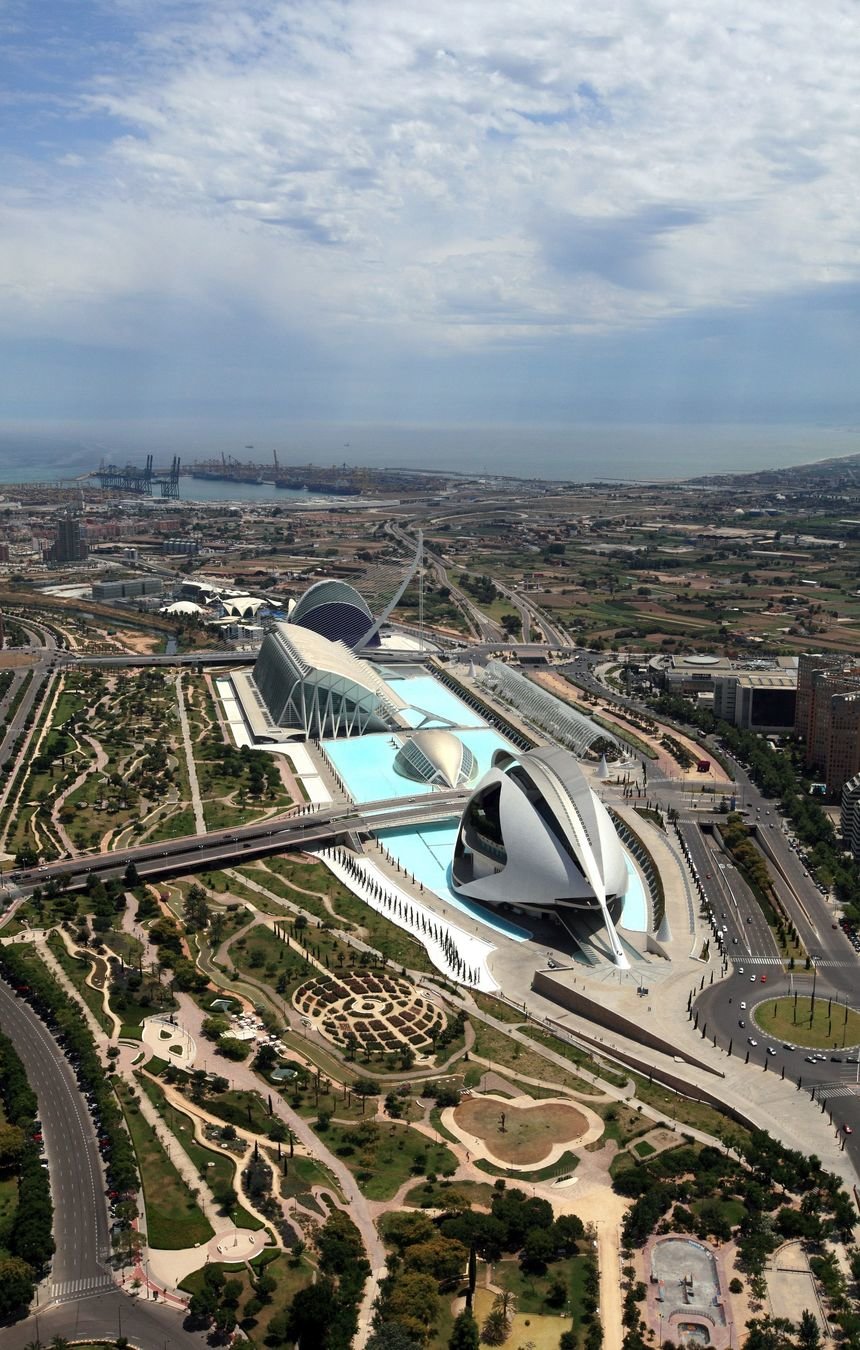
Spain Tourism
Tourism is the 3rd contributor to Spain's GDP, consisting of 10-11% of it. The country has been very popular for summer holidays, especially for tourists from the rest of Europe. Spain's foreign tourist industry has grown into the second biggest in the world (next to France). In 2017, it was the second most visited country in the world, recording 82 million tourists. The World Tourism Organization is headquartered in Madrid.
Sources
https://en.wikipedia.org/wiki/Tourism_in_Spain
https://en.wikipedia.org/wiki/Alhambra
https://en.wikipedia.org/wiki/Sagrada_Fam%C3%ADlia
https://en.wikipedia.org/wiki/Mosque%E2%80%93Cathedral_of_C%C3%B3rdoba
https://en.wikipedia.org/wiki/Museo_del_Prado
https://en.wikipedia.org/wiki/San_Lorenzo_de_El_Escorial
https://en.wikipedia.org/wiki/Guggenheim_Museum_Bilbao
https://en.wikipedia.org/wiki/Seville_Cathedral
https://en.wikipedia.org/wiki/Santiago_de_Compostela_Cathedral
https://en.wikipedia.org/wiki/Plaza_Mayor,_Madrid
https://en.wikipedia.org/wiki/L%27Oceanogr%C3%A0fic